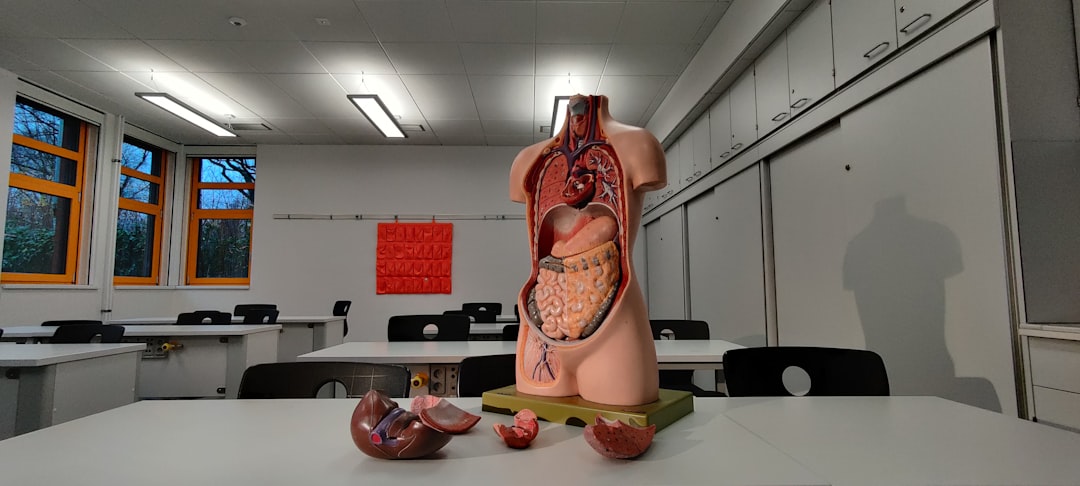What is it about?
Daily antiseptic bathing of intensive care patients with chlorhexidine or octenidine is routine practice in many hospitals. The routine use of chlorhexidine or octenidine, however, may have unintended consequences. We analysed, whether daily patient bathing with 2% impregnated chlorhexidine cloths or 0.08% octenidine wash mitts might lead to an increase of chlorhexidine or octenidine resistant bacteria 12 months after implementation. We found no evidence for reduced chlorhexidine or octenidine susceptibilities of bacterial isolates from clinical samples in ICUs after implementation of daily patient bathing with these antiseptics.
Featured Image

Photo by CDC on Unsplash
Why is it important?
High usage of chlorhexidine or octenidine may be associated with bacteria becoming resistant / tolerant to these antiseptic substances. Further, long-term use of chlorhexidine is suspected not only to enhance the development of non-susceptibility, but also to increase antibiotic cross-resistance, decolonization failure or potentially disadvantageous alterations of the skin microbiome.
Perspectives
We found resistance of bacterial isolates from clinical samples not to be enhanced in ICUs 12 months after implementation of daily patient bathing with these antiseptics. However, the observation period of 12 months might be too short and the number of bacteria per species and study group too small to draw any final conclusions. In consequence, routine use of antiseptics, e.g. for daily antiseptic bathing of intensive care patients, should be accompanied with long-term surveillance / analyses of putative resistances of bacteria to these substances.
Luisa Denkel
Read the Original
This page is a summary of: Chlorhexidine and octenidine susceptibility of bacterial isolates from clinical samples in a three-armed cluster randomised decolonisation trial, PLoS ONE, December 2022, PLOS,
DOI: 10.1371/journal.pone.0278569.
You can read the full text:
Contributors
The following have contributed to this page










